MARKET OVERVIEW
The Global Infant and Kids Probiotics market stands as a testament to the growing awareness and emphasis on children's health. With a surge in parental consciousness regarding the significance of a balanced microbiome in early development, the market for infant and kids' probiotics has witnessed remarkable growth.
These specialized probiotic products, tailored for the unique needs of infants and young children, have become integral components of the modern approach to pediatric healthcare. Unlike generic information commonly found, this essay aims to delve into the distinctive features and trends shaping the Global Infant and Kids Probiotics market.
One of the key factors fueling the expansion of this market is the increasing understanding of the pivotal role played by the gut microbiota in a child's overall well-being. Scientific advancements have revealed that a balanced and diverse gut microbiome not only influences digestion but also plays a crucial role in immune system development, nutrient absorption, and even mental health.
Moreover, the market's growth is not only attributable to a heightened awareness among parents but also to the evolving preferences of consumers. Parents today are seeking probiotic products that are not only effective but also tailored to the specific needs and sensitivities of infants and children. Manufacturers in the Global Infant and Kids Probiotics market are responding by developing innovative formulations, such as powder supplements, chewable tablets, and even probiotic-infused snacks, to cater to the preferences of both parents and their young ones.
In addition to the evolving consumer preferences, the market is witnessing a surge in research and development activities. Scientists and healthcare professionals are exploring new strains of probiotics that exhibit enhanced efficacy in promoting a healthy microbiome in children. This research-driven approach is pushing the boundaries of what was once considered conventional in the realm of pediatric nutrition.
Furthermore, the Global Infant and Kids Probiotics market is not only focusing on the domestic landscape but also experiencing a significant boost from the international arena. With a rising global awareness of the importance of early-life nutrition, manufacturers are exploring opportunities to expand their reach beyond traditional markets, thereby contributing to the globalization of the infant and kids' probiotics industry.
The Global Infant and Kids Probiotics market is witnessing a transformative phase, driven by factors ranging from heightened parental awareness and evolving consumer preferences to research-driven innovations and international expansions. As children's health takes center stage in the realm of nutrition, the market is poised for sustained growth, reflecting a paradigm shift towards a holistic approach to pediatric well-being.
Global Infant and Kids Probiotics market is estimated to reach $6006.8 Million by 2030; growing at a CAGR of 5.0% from 2023 to 2030.
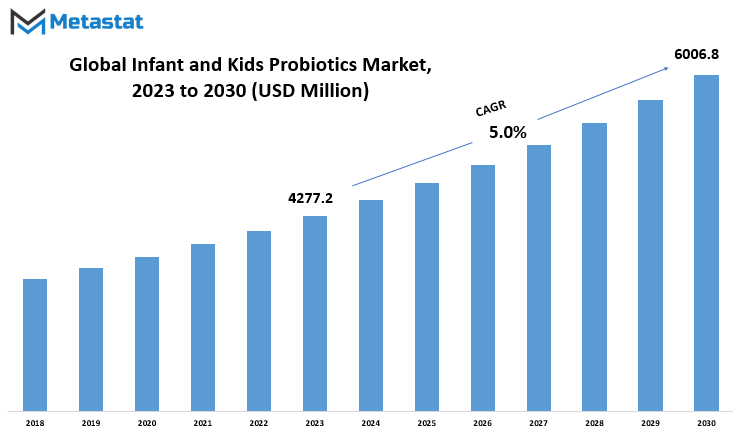
GROWTH FACTORS
The Infant and Kids Probiotics Market is experiencing significant growth, propelled by key driving factors. The demand for these products is on the rise, driven by a growing awareness of their potential health benefits for infants and children. Parents are increasingly recognizing the importance of maintaining a healthy gut microbiome in early development, and this awareness acts as a catalyst for market expansion.
However, certain challenges exist that might impede the continuous growth of the market. Factors such as regulatory hurdles and product formulation complexities can pose obstacles. Navigating through regulatory requirements can be intricate, and formulating probiotics suitable for infants and kids requires meticulous attention to safety and efficacy.
Despite these challenges, the market holds substantial potential for growth. As scientific research advances, paving the way for more tailored and effective probiotic formulations, the market is poised to capitalize on these developments. Innovations in product formulations, backed by scientific evidence, can address regulatory concerns and enhance consumer confidence.
While challenges exist, the upward trajectory of the Infant and Kids Probiotics Market remains intact. The market's growth is anchored in the increasing awareness among parents about the health benefits of probiotics for children. Navigating through challenges and capitalizing on emerging opportunities will be pivotal for sustained growth in the coming years.
MARKET SEGMENTATION
By Product Type
In the Infant and Kids Probiotics, the diversity in product types plays a pivotal role, addressing the specific needs of young consumers. These products are segmented into Powder, Liquid, Chewable, and Others, each offering distinct characteristics to cater to the varied preferences and requirements of parents and caregivers.
Powder, valued at 1593.4 USD Million in 2022, stands out as a widely chosen option. Its popularity is attributed to the ease of incorporation into various forms, such as baby formula or food, providing a convenient way to introduce probiotics into a child's diet.
Liquid, valued at 1285.3 USD Million in the same period, offers an alternative form for parents seeking flexibility. Its liquid nature allows for easy administration, making it suitable for infants and kids who may have difficulty with solid forms or powders.
Chewable probiotics, valued at 871.6 USD Million in 2022, represent a user-friendly option for older kids who can chew tablets. This format bridges the gap between liquid and solid forms, providing a palatable and engaging way to encourage probiotic consumption among children.
The Others segment, valued at 338.9 USD Million in 2022, encompasses various innovative forms that may include gummies or dissolvable tablets. This category caters to the evolving market demands, where manufacturers continuously explore novel and appealing ways to deliver probiotics to infants and kids.
The Infant and Kids Probiotics Market showcases a range of product types, each designed to accommodate the diverse preferences and developmental stages of young consumers. Whether it's the practicality of powder, the convenience of liquid, the palatability of chewables, or the innovation within the Others category, the market reflects a commitment to providing accessible and enjoyable probiotic options for the health and well-being of infants and kids.
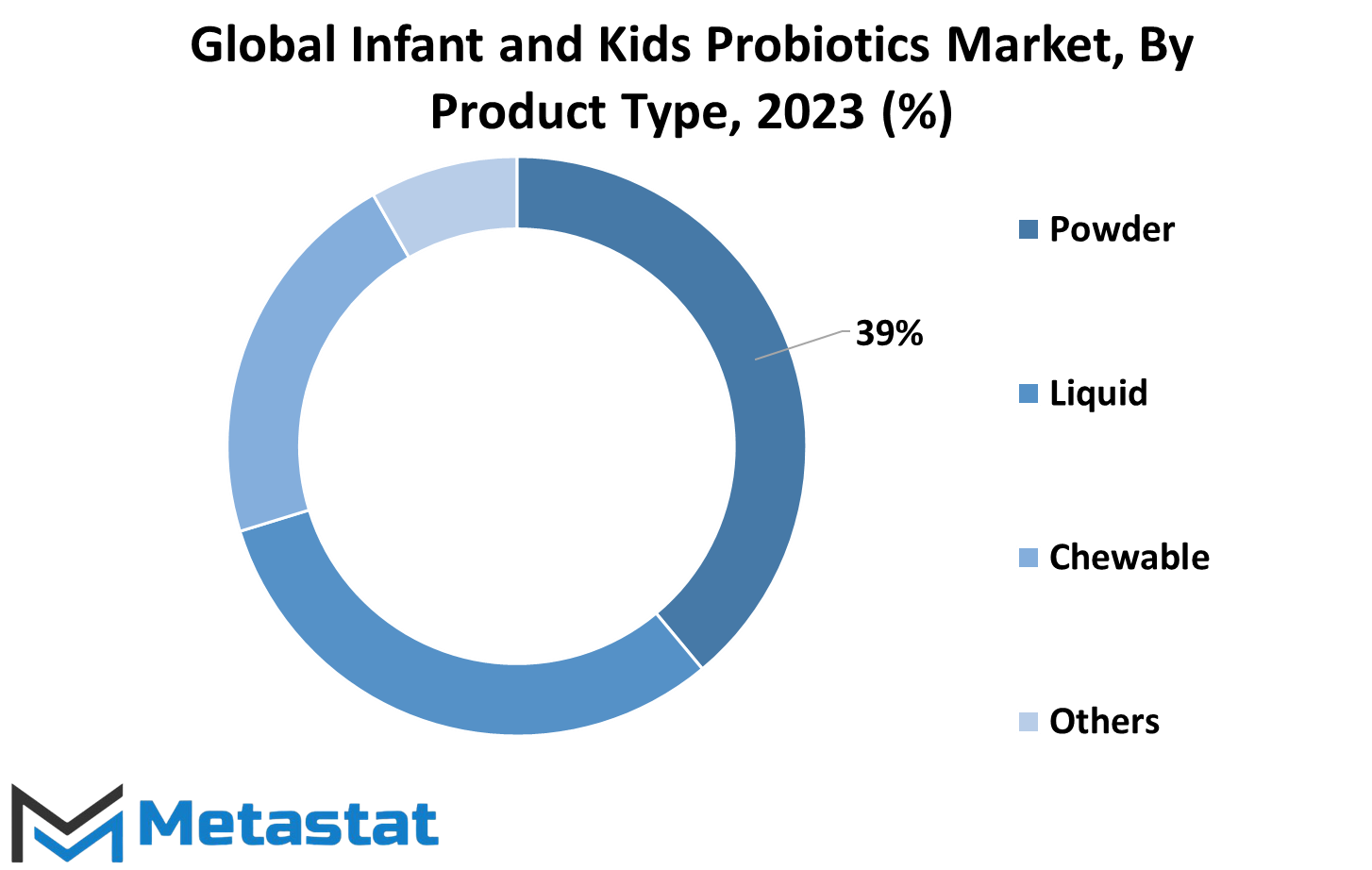
By Distribution Channel
In the domain of the Infant and Kids Probiotics Market, the distribution channels play a crucial role in reaching consumers effectively. This market unfolds with various channels catering to the diverse needs of parents and caregivers. Retail Pharmacies/Drug Stores stand as a traditional yet significant channel, offering a convenient physical space for consumers to access probiotic products designed for infants and kids.
Departmental Stores, another prominent channel, provide a broader shopping experience. In these stores, alongside other baby care products, parents can conveniently find and purchase probiotics for their little ones. Supermarkets and hypermarkets, known for their extensive product offerings, make probiotics easily accessible during routine grocery shopping, adding a layer of convenience for parents.
The advent of technology has ushered in a new avenue for purchasing – E-commerce. In recent years, online space has gained prominence as a distribution channel for infant and kid's probiotics. E-commerce platforms provide the convenience of browsing and purchasing from the comfort of one's home, offering an extensive range and detailed product information.
These distribution channels collectively contribute to making infant and kids probiotics readily available to parents, ensuring accessibility and catering to varying consumer preferences. Whether opting for the familiarity of a retail pharmacy, the one-stop-shop experience in departmental stores, the diverse selection in supermarkets, or the convenience of online shopping, parents have multiple avenues to secure the best probiotic options for their little ones.
By Age Group
The Infant and Kids Probiotics Market unfolds with a nuanced segmentation, primarily categorized by age group. Within this market, the division into Baby/Infant and Kids segments sheds light on the targeted consumer base and their unique needs.
The Baby/Infant segment, valued at 2431.7 USD Million in 2022, signifies the significance of probiotics for the youngest consumers. Infants, in their formative years, benefit from these probiotics, which contribute to the development of a healthy and robust digestive system. The inclusion of probiotics in infant nutrition reflects the growing awareness of the importance of gut health right from the early stages of life.
On the other side of the spectrum, the Kids segment, valued at 1657.4 USD Million in 2022, caters to a slightly older demographic. As children grow beyond infancy, their nutritional needs evolve, and probiotics continue to play a crucial role in supporting their digestive health. The Kids segment represents a continuation of the probiotic market's influence on childhood, emphasizing its role in maintaining overall well-being during these pivotal years of development.
Both segments collectively underscore the broader trend of recognizing the importance of probiotics in early life stages. The market's response to this recognition is evident in the targeted products and formulations tailored specifically for infants and children. The values associated with each segment not only reflect the market's financial dynamics but also highlight a broader societal shift towards proactive health management, even from the earliest stages of life.
The segmentation of the Infant and Kids Probiotics Market by age group delineates a strategic approach to addressing the distinctive health needs of infants and children. It aligns with a growing understanding of the role probiotics play in promoting digestive health and overall well-being from the very start of life, thereby shaping the landscape of nutritional choices for the youngest members of our communities.
REGIONAL ANALYSIS
The global Infant and Kids Probiotics market exhibits geographical divisions that shape its reach and impact. These divisions, primarily in North America and Europe, delineate the market's footprint and influence.
North America, a significant player in the market, contributes substantially to the demand for Infant and Kids Probiotics. The region's awareness of the importance of probiotics for infant and child health has driven market growth. Parents in North America, recognizing the potential health benefits, are increasingly incorporating probiotics into their children's diets, fostering market expansion.
Europe, mirroring this trend, stands as another influential player in the global market. The region's emphasis on holistic well-being and proactive healthcare approaches has propelled the adoption of Infant and Kids Probiotics. European parents, aligning with the growing global understanding of the positive impact of probiotics on children's digestive health, are driving market dynamics.
These geographical segments are not merely points on a map but represent hubs of consumer behavior and healthcare practices. The market's presence in North America and Europe signifies a global acknowledgment of the significance of early-life probiotic intake. It reflects a shared understanding among parents in these regions of the potential benefits for their children's health and well-being.
The global Infant and Kids Probiotics market has found significant traction in North America and Europe. These regions, through their distinct consumer behaviors and healthcare priorities, contribute substantially to the market's growth. The geographical divisions are not just about location but symbolize the collective awareness and proactive choices made by parents in these regions to prioritize their children's health through the incorporation of probiotics into their daily routines.
COMPETITIVE PLAYERS
In the expansive landscape of the Infant and Kids Probiotics Market, key players are at the forefront, shaping the dynamics of this burgeoning industry. Among these influential actors, notable names include BioGaia AB and Church & Dwight Co.
BioGaia AB stands as a prominent player in the market, contributing significantly to the development and availability of probiotics tailored for infants and kids. Their presence underscores the emphasis on providing solutions designed for the younger demographic's unique needs.
Equally noteworthy is Church & Dwight Co., another key player driving advancements in the Infant and Kids Probiotics sector. Their contributions extend beyond mere participation, reflecting a commitment to enhancing the market by offering products designed to support the health and well-being of infants and children.
The significance of these key players lies not only in their market presence but also in their role as innovators, constantly introducing products that align with the evolving understanding of probiotics and their potential benefits for the younger population. Their influence resonates throughout the industry, shaping consumer choices and steering the trajectory of product development in the Infant and Kids Probiotics Market.
As the market continues to expand, the contributions of key players like BioGaia AB and Church & Dwight Co. become increasingly pivotal. Their efforts not only cater to the current demands of parents and caregivers but also anticipate and respond to emerging trends and preferences in infant and kids' health. In a market driven by the well-being of the youngest consumers, the impact of these key players reverberates, making them instrumental in shaping the trajectory of the Infant and Kids Probiotics industry.
Infant and Kids Probiotics Market Key Segments:
By Product Type
- Powder
- Liquid
- Chewable
- Others
By Distribution Channel
- Retail Pharmacies/Drug Stores
- Departmental Stores
- Supermarket/Hypermarket
- E-commerce
By Age Group
- Baby/Infant
- Kids
Key Global Infant and Kids Probiotics Industry Players
- BioGaia AB
- Church & Dwight Co., Inc. (L'il Critters)
- FIT-BioCeuticals Pty Ltd
- Nestlé S.A. (Gerber)
- Cultech Limited (ProVen Probiotics)
- LoveBug Nutrition Inc.
- Mama's Select
- Metagenics Inc.
- Mommy's Bliss Inc.
- NOW Foods
WHAT REPORT PROVIDES
- Full in-depth analysis of the parent Industry
- Important changes in market and its dynamics
- Segmentation details of the market
- Former, on-going, and projected market analysis in terms of volume and value
- Assessment of niche industry developments
- Market share analysis
- Key strategies of major players
- Emerging segments and regional growth potential



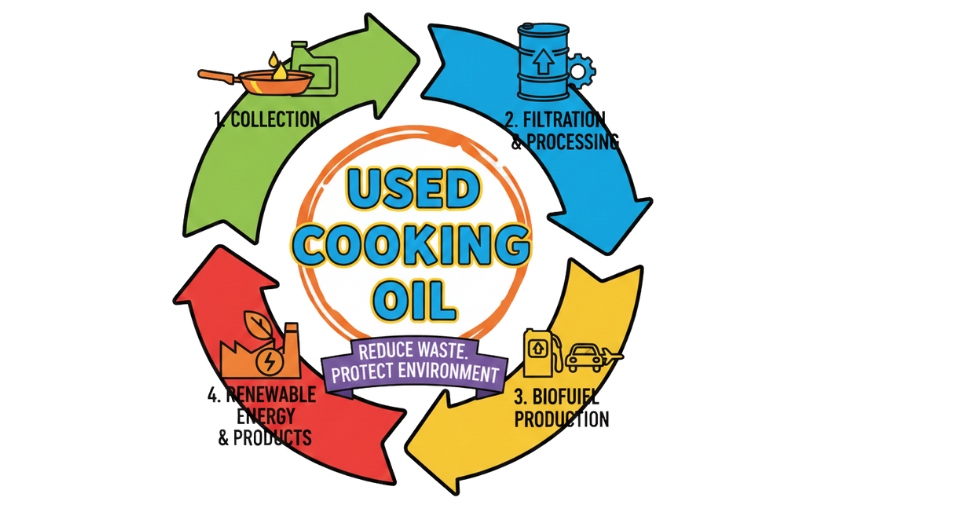
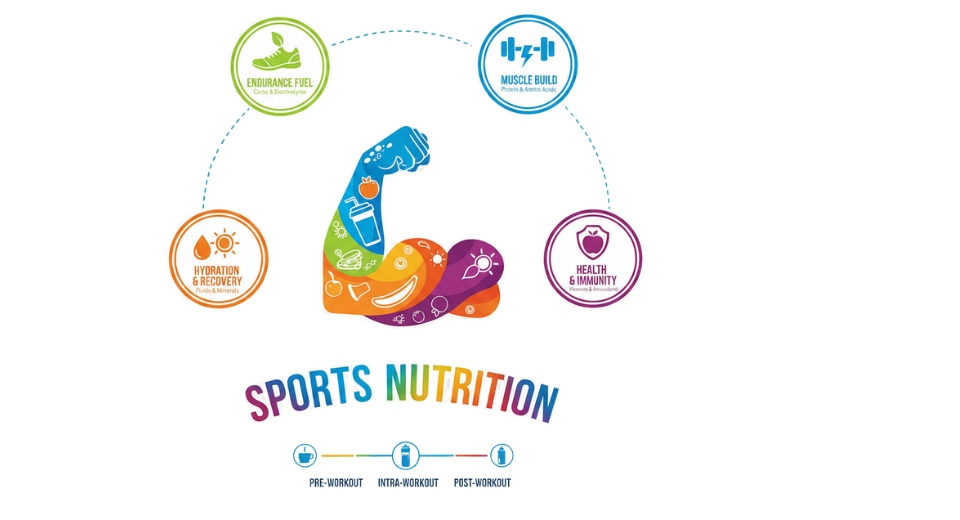
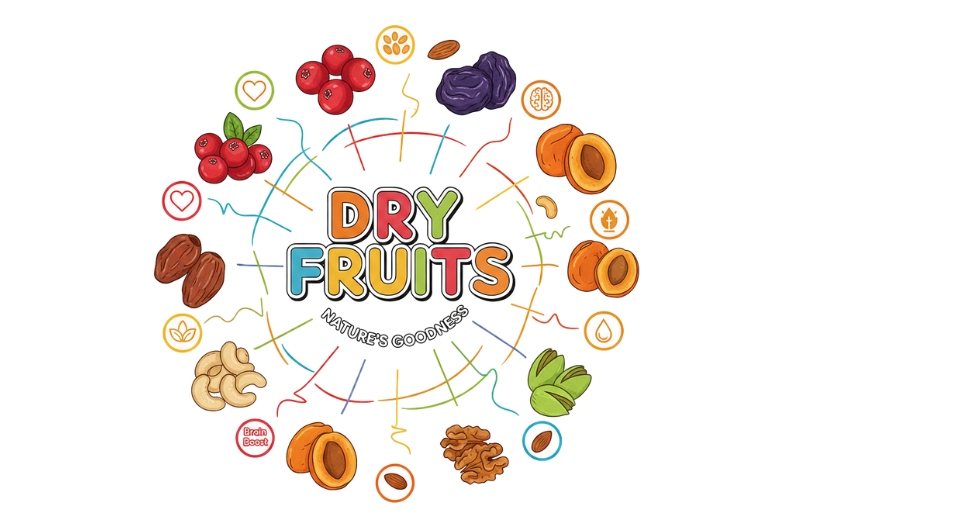


 US: +1 3023308252
US: +1 3023308252






